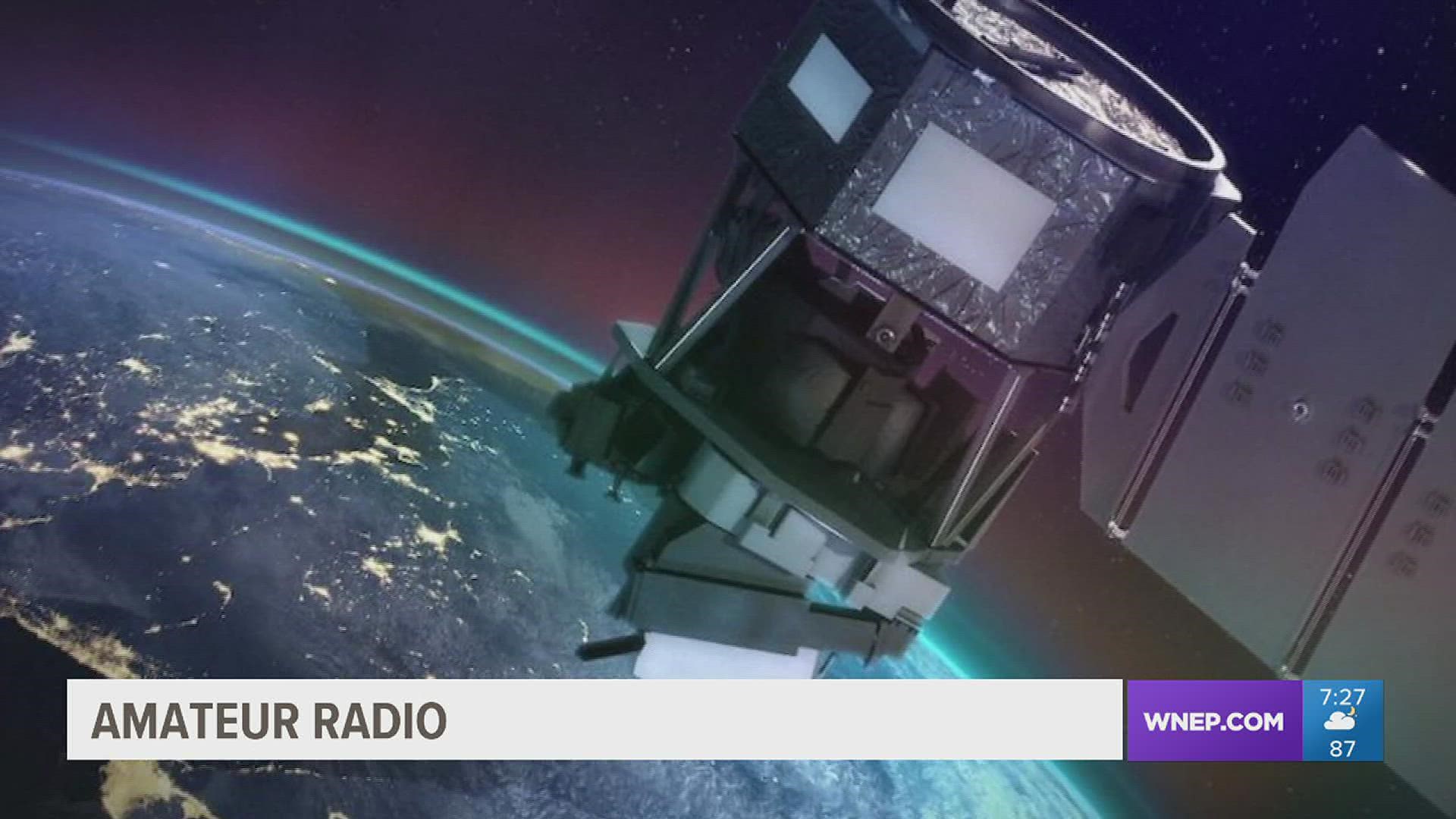PENNSYLVANIA, USA — "In 7th or 8th grade, I went on a scouting trip in the middle of the woods, and they have a HAM radio operator there. He was talking to stations all over the world with this little radio and an antenna."
That's Dr. Nathaniel Frissell. He's a physics professor at the University of Scranton and the guest of this edition of Skywatch 16.
That scouting trip was his introduction to HAM radio and the electrically charged outer part of Earth's atmosphere called the Ionosphere.
"If you go up to a certain altitude or height, you start encountering a region where you don't just have neutral particles anymore. You actually get charged particles," said Frissell.
It's those charged particles in Earth's upper atmosphere that refract or bend HAM radio waves back to Earth.
This makes HAM radio communications over long distances possible.
"You can see that the radio signal goes up from California, gets refracted by the Ionosphere, and hit the Earth. Then it can do a second hop, and then it can make it to my station," said Frissell.
Dr. Frissell combined his passion for HAM radio with his work with the Ionosphere.
"The recent work I published is about Amateur Radio to study these things called traveling Ionospheric Disturbances which are these wave-like structures that occur in the electrified portion of the upper atmosphere," said Frissell.
Dr. Frissell explained that he was trying to see if disturbances in the Ionosphere would impact how far a HAM radio signal can travel.
"I was able to plot it in such a way where you can see the same sort of undulation that you saw from that wave going through the ray trace diagram."
He found that disturbances in the Ionosphere did impact HAM radio communications.
"From a communications standpoint, this is also an explanation for why you might be able to talk a certain distance at one point but not at another time."
Dr. Frissell adds that this work will help us better understand how the upper atmosphere works and its connection to space.
See past Skywatch 16 segments on YouTube.

